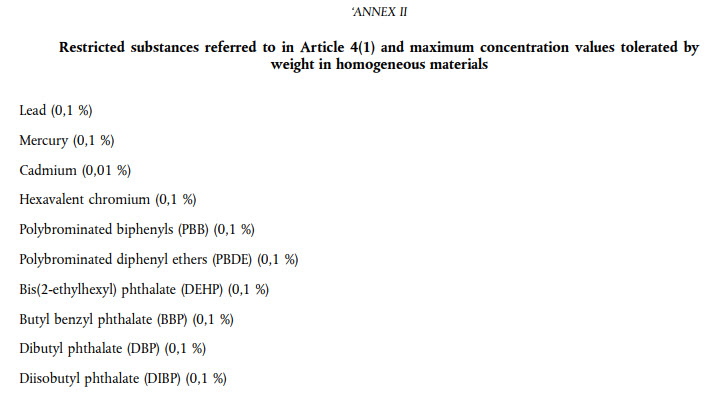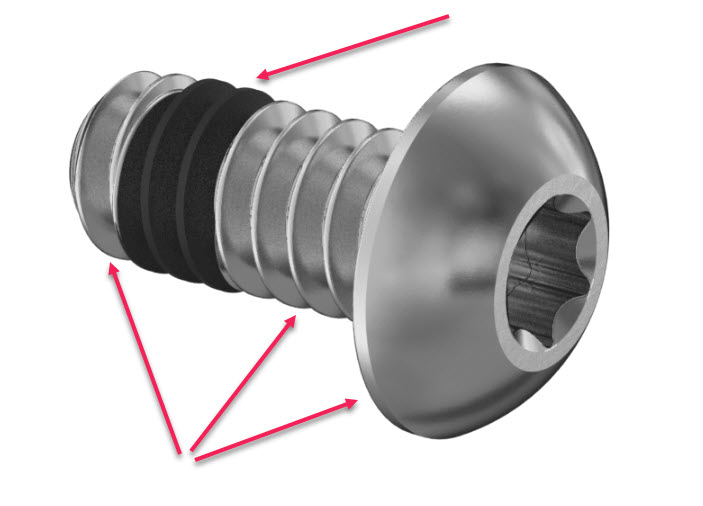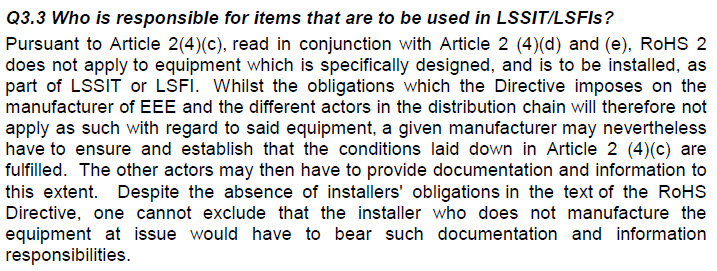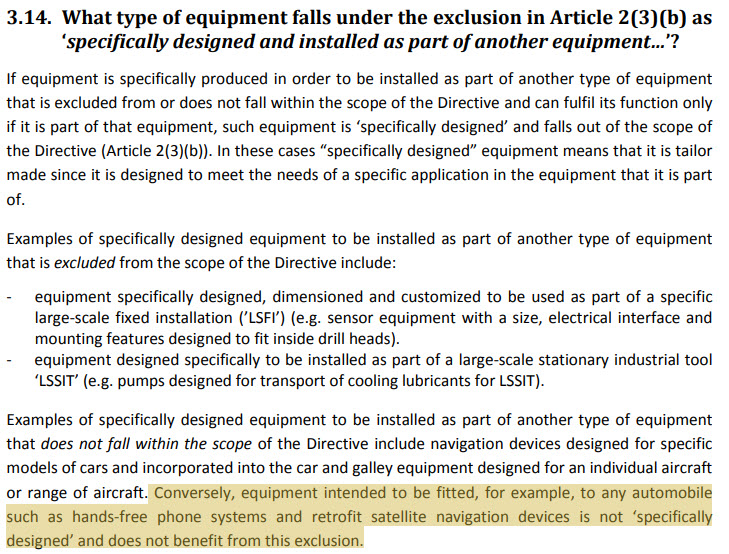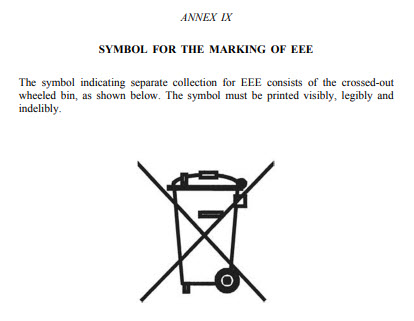If you’ve ever been summoned to inspect an unfamiliar piece of equipment in the field—armed with nothing but a safety vest, questionable optimism, and a clipboard—you’ve probably run into the mysterious pair known as NFPA 790 and NFPA 791.
They sound like distant cousins who show up uninvited to the family reunion, but they’re actually the backbone of how field evaluations get done (and done safely).
Let’s break down who these two characters are and why they’re both essential—preferably with a little less stress than you felt the last time an AHJ said, “So, do you have the documentation?”

NFPA 790: The Gatekeeper of U.S. Field Evaluations
NFPA 790 is basically the cosmic sorting hat of field evaluation bodies—but instead of placing you in Gryffindor, it decides whether you’re qualified to inspect electrical equipment without causing havoc.
This document focuses on accreditation requirements. In other words:
NFPA 790 decides who is actually allowed to call themselves a Field Evaluation Body (FEB).
Picture NFPA 790 as the stern security guard who checks everyone’s badges:
- “Are you competent?”
- “Do you have the proper accreditation?”
- “Can you prove you know what you’re doing and aren’t just a hobbyist with a voltmeter?”
If you don’t pass muster, NFPA 790 sends you right back to the lobby.
NFPA 791: The Playbook of How a U.S. Field Evaluation Happens
If NFPA 790 is the bouncer, NFPA 791 is the detailed instruction manual you receive after you’re allowed inside.
Where 790 focuses on who, 791 focuses entirely on how a field evaluation is performed.
This standard lays out:
- What to inspect
- What tests to perform
- How to document findings
- The structure of a proper field evaluation report
- How to decide whether equipment is safe or needs to take the walk of shame back to the manufacturer
If NFPA 791 were a person, it would be the ultra-organized team member who loves color-coded forms and always shows up with extra highlighters.
Together, They Make U.S. Field Evaluations Actually Work
Here’s the simplest analogy:
- NFPA 790 = certifies the chef
- NFPA 791 = provides the recipe
With only NFPA 790, you’d have a certified professional… standing there wondering what steps to follow.
With only NFPA 791, you’d have a beautifully detailed process… followed by someone who may or may not have learned electrical theory from a weekend workshop.
Neither document wants that for you.
So they team up like a buddy-cop movie where one knows the rules and the other knows the procedure.
Why AHJs, Contractors, and Evaluators Actually Care
These standards matter because they help everyone involved sleep a little better at night—especially the AHJ, who doesn’t enjoy playing the role of “quality control detective.”
- AHJs use NFPA 790 to confirm the evaluator is properly accredited.
- Field Evaluation Bodies rely on NFPA 791 to perform a consistent, defensible evaluation.
- Manufacturers and installers get a predictable process instead of guesswork and crossed fingers.
At the end of the day, these two documents help ensure that equipment installed in the wild behaves like it should—and not like a science experiment gone wrong.
Final Verdict: Two Standards, One Mission
NFPA 790 and NFPA 791 might sound similar enough to be interchangeable, but they’re absolutely a package deal:
- NFPA 790: “Are you legit?”
- NFPA 791: “Here’s the method. Don’t skip steps.”
Together, they keep field evaluations from devolving into chaos and keep electrical equipment from auditioning as fireworks. Ready to get your product certified with confidence?
Contact F2 Labs today and let’s make your innovation market-ready — safely, efficiently, and on time. F2 Labs is fiercely committed to serving manufacturers through the product compliance process.



